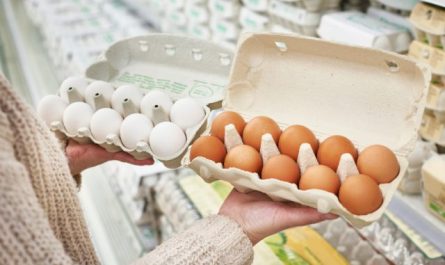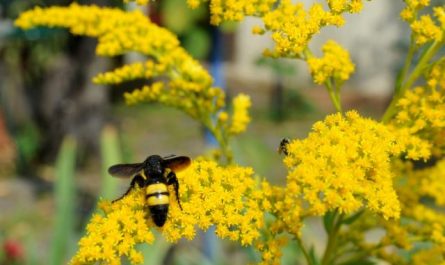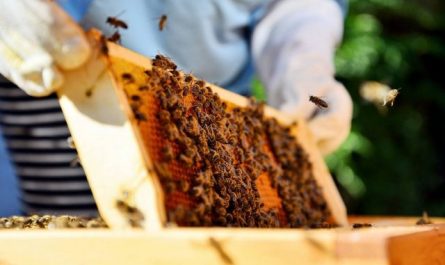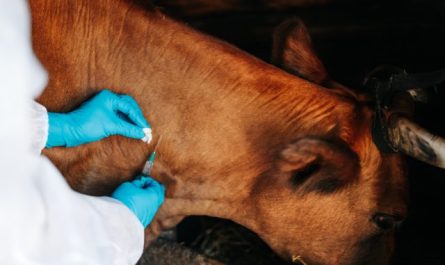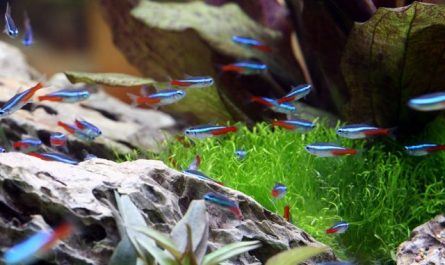Shrimp are extremely popular in cooking, and the demand for them is constantly growing. In Russia, the main part of the crustacean market is represented by frozen products. But is it possible to make good money growing and selling fresh shrimp? Today we will talk about the prospects of the business of growing these crustaceans, the features of their breeding, maintenance and feeding.

Types of shrimp for breeding
There are a huge number of varieties of shrimp, but only three species are suitable for cultivation for commercial purposes.
Tiger shrimp
On average, this species reaches a length of 11-20 cm and weighs 25-50 g. Adults are known to grow up to 36 cm and weigh about 650 g. Tiger shrimps adapt well to different water salinity, and are able to grow in both fresh and brackish water. The optimal temperature for growing the species is 26-30 °C. The crustaceans are not too demanding in feeding.

King Prawn
It is also called white-legged, Pacific white or Vannamei. On average, the species reaches a length of 10-20 cm and weighs about 30-40 g. King prawns can be grown in both fresh and salt water. The comfortable temperature range for this species is from 24 °C to 32 °C. King prawns are less demanding of food than tiger prawns.

Rosenberg’s Giant Freshwater Shrimp
It is also called scampi shrimp. The largest species of those listed, it can reach 30-50 cm in length, the weight of one adult is 200-500 g. When artificially growing Rosenberg shrimp, they are usually caught when they reach a weight of about 100 g. This species is the least demanding in care and feeding, the optimal temperature regime for growing is 26-30 ° C.

Freshwater Rosenberg shrimp thrive in both fresh and brackish water. Currently, this species is considered the most suitable for cultivation in artificial conditions. It is more resistant to diseases, less susceptible to fluctuations in salinity and water quality, and also grows faster and gains more weight.
Shrimp farming area
These crustaceans love a warm, humid climate and do not tolerate cold or sudden temperature changes at all. It is almost impossible to grow them in natural reservoirs in Russia. When the temperature drops below 15 °C, the shrimp die. Therefore, to grow them, it is necessary to build a closed-loop water supply system (RAS). Keeping them in natural ponds is only possible in the southern regions, provided that the water can be heated.

In other cases, ponds, pools or aquariums are installed inside warm rooms, maintaining a constant temperature and humidity. It is important to know one important detail. Shrimp can live in fresh water, but their fry can only develop in salt water. Even when keeping freshwater species, you will need to get a separate pool for growing fry with salted water.
Optimal parameters of artificial reservoirs for growing shrimp:
- depth within 1-1,5 meters;
- clay or film bottom;
- It is essential to have shelters for the shrimp; these can be sections of pipes into which the crustaceans can climb;
- The presence of vegetation in ponds is highly desirable.
Aquariums usually have the same requirements as ponds. However, shrimp farming for food purposes is mostly practiced in artificial reservoirs. Aquariums are used quite rarely, as their purchase and maintenance are more expensive.
One of the important conditions for rapid growth of shrimp is a 12-hour daylight. Therefore, ponds and aquariums must be equipped with good lighting. In most cases, it is also necessary to purchase water heaters to ensure a constant comfortable temperature in the pools within 24-28 °C.
Water parameters for keeping shrimp
Growing crustaceans will definitely require aeration and filtration systems to saturate the water with oxygen and clean it. Shrimp are very unpretentious creatures, they are not as sensitive to the purity of water as crayfish, for example. Therefore, the water in tanks and ponds will need to be replaced no more than once a week in the amount of 15-25%, depending on the degree of evaporation.

Important water parameter indicators:
- oxygen content not less than 4-6 mg/l;
- acidity within 9-10 pH;
- chloride content 10 mg/g;
- nitrate content 1,5-3 mg/g;
- nitrite content 0,25-0,35 mg/g.
Particular attention should be paid to the salt content of the water. The optimal salinity is considered to be 15-25 ppm, that is, 15-25 g of sodium chloride per 1 liter of water. When keeping freshwater shrimp, the larvae are placed in reservoirs with salted water (12 ppm). The best option for adding salt is to mix fresh and sea water. If this method is not available, you can use sea salt with an ionic composition close to the ocean. The water can also be enriched with iodine, magnesium, calcium and iron.
What to feed shrimp?
These crustaceans are unpretentious and omnivorous. The main components of the diet are as follows::
- special compound feed for fattening shrimp;
- dry granulated fish food or carp feed;
- waste from fish production and poultry farms;
- algae and plankton;
- mollusks, crustaceans, cyclops, tubifex worms, bloodworms.
Where to buy planting material?
For breeding, shrimp larvae are purchased at the PL 10-15 stage, that is, at an age when 10-15 days have passed since they hatched from eggs. It is recommended to choose the so-called postlarvae PL 12-15, which actively move and look like small shrimp with a well-developed body. Postlarvae are distinguished by good survival.

You can currently buy shrimp fry in Russia, and small fish farms sell them. But most often, the fry are imported from Thailand and the Philippines. They are sold in large batches of 100 pieces. The fry may die on the way, so this method is quite risky and also quite expensive.
Shrimp Farming Business: Pros and Cons
Undoubtedly, shrimp farming is quite an interesting occupation. There is always a demand for the products and in recent years it has only increased due to the restriction of catching crustaceans from their natural habitats.
The Main Benefits of Shrimp Farming
- Quick profit. Shrimp grow to a marketable weight of 20-30 g in just 16-20 weeks from the moment of planting the fry. In 24 weeks, the crustaceans manage to gain 40 g, and giant Rosenbergs – 50 g and more. On average, marketable shrimp can be obtained already 5 months after planting the fry.
- High prices for products. Shrimp are quite expensive, and in many regions they are a rare delicacy.
- High demand for productsIn most areas, shrimp are only sold frozen, so live crustaceans can be in high demand. Especially in restaurants.
- Lack of competitionIn Russia at the moment there are very few fish farms that are engaged in shrimp farming.
- Shrimp are undemanding in feedingThey are absolutely omnivorous, and for rapid growth it is not at all necessary to buy special compound feed.
Disadvantages of Shrimp Farming Business
- Long payback period. A lot of money is spent on purchasing all the necessary equipment, installing it and preparing the premises. The average payback period for a shrimp business is 2 years.
- The need to control the temperature, quality and purity of water. Special equipment is needed to maintain all parameters. It works on electricity, so electricity costs can be very high.
- Difficulty in acquiring fry. It is difficult to buy shrimp larvae in most regions; they have to be transported in large batches from Thailand. This is very expensive and makes it impossible to start with small volumes. In addition, the fry may die on the way.
- Sensitivity of shrimp to temperature changes. If you do not install equipment to maintain a constant temperature, the crustaceans will grow poorly, and with sharp changes, they will die altogether. It is important to remember the reliability of the heating equipment, especially in cold regions. If the room and water bodies are left without heating even for a short period of time in winter, this can lead to the death of all the shrimp.
- Lack of experience. Breeding crustaceans for food purposes requires knowledge and skill. In our country, this area is not so developed, so there will be practically no one to consult with. At the beginning of the path, mistakes are possible that will lead to large financial losses.

